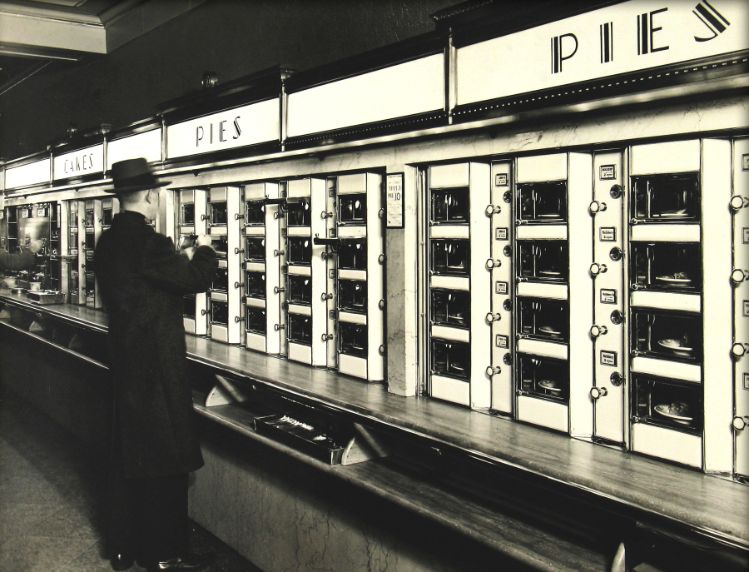Born in Springfield, Ohio in 1898, Berenice Abbott moved to New York in 1918. After meeting Marcel Duchamp and Man Ray, she moved to Paris in 1921, before returning in 1929. The urban sprawl of the metropolis caught hold of Abbott’s imagination and she devoted herself to capturing the extreme contrasts of the rapidly changing city and the tensions that had evolved. She wanted to show the nineteenth and twentieth centuries colliding in a dizzying interplay of cultures. Abbott bought a Century-Universal view camera that used large 8 x 10 inch negatives and required a tripod. This allowed her to take photographs with the high level of detail she desired. She began to conceptualise a project in which she would photograph the city and its changing character.
As the Great Depression began, Abbott started a series of documentary photographs, which made its debut in 1939 as a touring exhibition, Changing New York, all thanks to the support of the Works Progress Administration Federal Art Project. ‘Waiterless restaurants’ became popular during the Depression, serving as many as 800,000 meals in New York and Philadelphia. The automats provided convenient, inexpensive food and Abbott photographed one that was known as the late night haunt of musicians and cabaret-goers. This photograph, taken in 1936 on Eighth Avenue, Manhattan, is Abbott’s alternative view of modern New York life, showing the Deco-style windows receding on sharp diagonals. The fast-food chain quickly replaced the New York automat although the last one did not close until 1991
